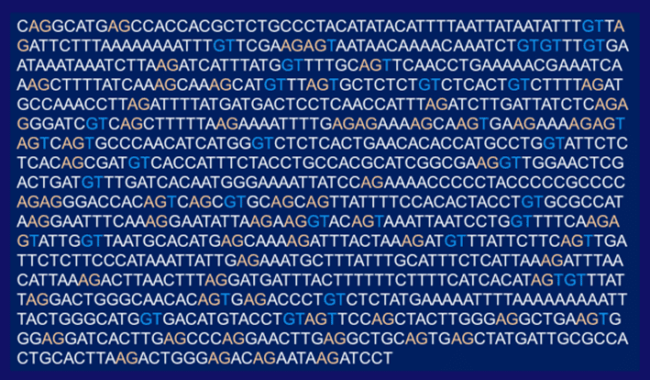
Presenter: Annemieke Aartsma-Rus, PhD, Leiden University Medical Center
Date: 20 February 2018
Description:
Antisense-mediated splicing modulation utilizes antisense oligonucleotides (ASOs) to manipulate the splicing by sterically blocking the binding of splicing factors to pre-mRNA transcripts. While in industry often oligo walks are used to identify the most optimal ASO, generally academic groups do not have the funds to do this and can design only a limited number of ASOs for testing. While ASO design for splicing modulation is partially a trial and error approach, some lessons can be learnt from previous efforts.
Annemieke Aartsma-Rus has designed over 300 ASOs for exon skipping and retrospective analysis has provided her some insights in dos and don’ts with regards to ASO design. In this webinar Annemieke will share this expertise and will outline what to consider when selecting candidate ASOs for splice modulation (e.g. target site selection, thermodynamic properties, checking for off-target effects etc). This presentation will be followed by a Q&A session where you can ask Annemieke your questions during the broadcast.
Recording of the Webinar: Click Play to View
Presenter Biography

Annemieke Aartsma-Rus, PhD,
Leiden University Medical Center
Dr. Annemieke Aartsma-Rus is a professor of translational genetics at the Department of Human Genetics of the Leiden University Medical Center, Leiden the Netherlands. She played an important role in the development of the antisense mediated exon skipping therapy for Duchenne muscular dystrophy and has designed and tested hundreds of exon skipping antisense oligonucleotides.
In 2016 and 2017 she was selected as the most influential scientist in Duchenne muscular dystrophy in the past 10 years (2006-2016) by Expertscape based on contributions to the understanding and treatment of Duchenne muscular dystrophy. Thus far, she has published over 140 peer-reviewed papers and 9 book chapters, as well as 13 patents and has edited one book. She has created and maintains a website on exon skipping (www.exonskipping.nl) and tweets under @oligogirl. In 2011 she received the Duchenne Award from the Dutch Duchenne Parent Project in recognition of this work and her dedication to the Duchenne field. She is currently the president elect of the oligonucleotide therapeutics society.






